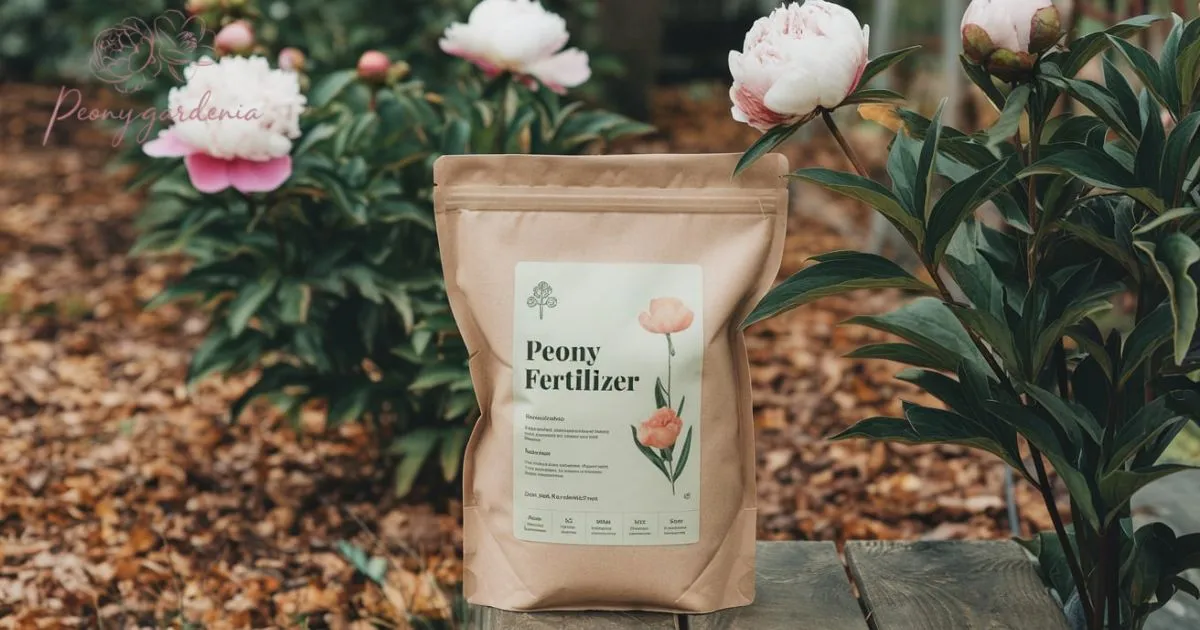Peonies are beloved for their stunning blooms and fragrant flowers, making them a favorite in many gardens. However, to ensure they thrive and produce vibrant, long-lasting flowers, proper care is essential-especially when it comes to fertilization.
Fertilizing your peonies at the right time and with the right nutrients can make a significant difference in their performance throughout the season. In this guide, we’ll walk you through everything you need to know about fertilizing peonies, from the best fertilizers to when and how to apply them for the best results.
Do Peonies Require Fertilizer?
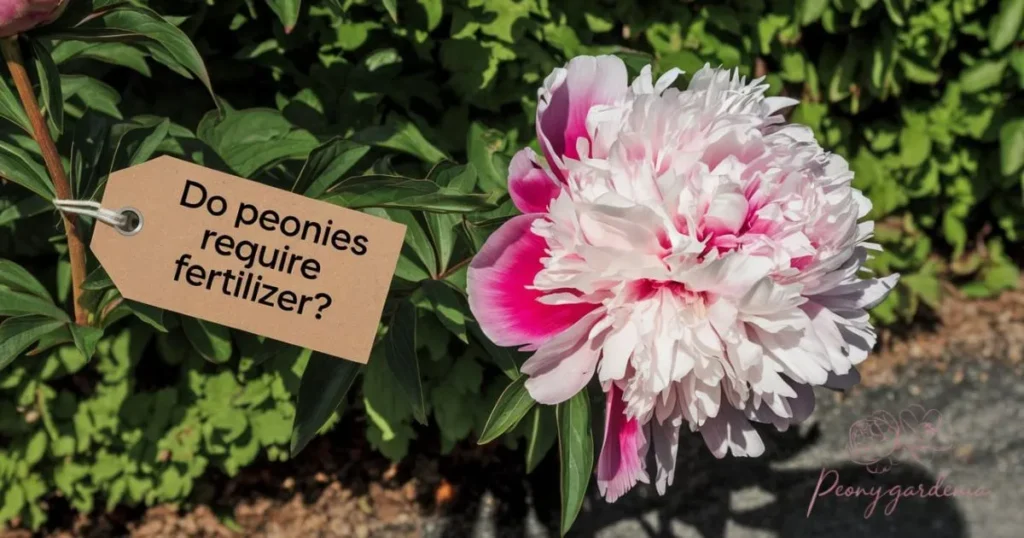
Peonies are relatively low-maintenance plants, but they still benefit from the right nutrients. While they can survive without regular fertilization, providing them with a balanced diet of essential nutrients will help them thrive. Peonies, like all plants, need a proper mix of nitrogen, phosphorus, and potassium to support their growth and flowering cycles.
If your soil is lacking in nutrients, your peonies may not perform as well, producing fewer flowers or exhibiting poor growth. Therefore, fertilizing your peonies can make a noticeable difference, ensuring they remain healthy and vibrant throughout the growing season.
Read More: When to fertilize peonies
Understanding Peony Plants and Their Nutritional Needs
Peonies require specific nutrients to grow strong and produce beautiful flowers. The three primary nutrients needed by peonies are nitrogen, phosphorus, and potassium. Nitrogen promotes healthy foliage and stem growth, phosphorus encourages robust root development, and potassium supports overall plant health and resistance to diseases.
In addition to these primary nutrients, peonies also require trace elements like calcium, magnesium, and sulfur. These nutrients help enhance the plant’s ability to absorb the main nutrients and ensure overall vitality.s.
Best Fertilizer for Peonies
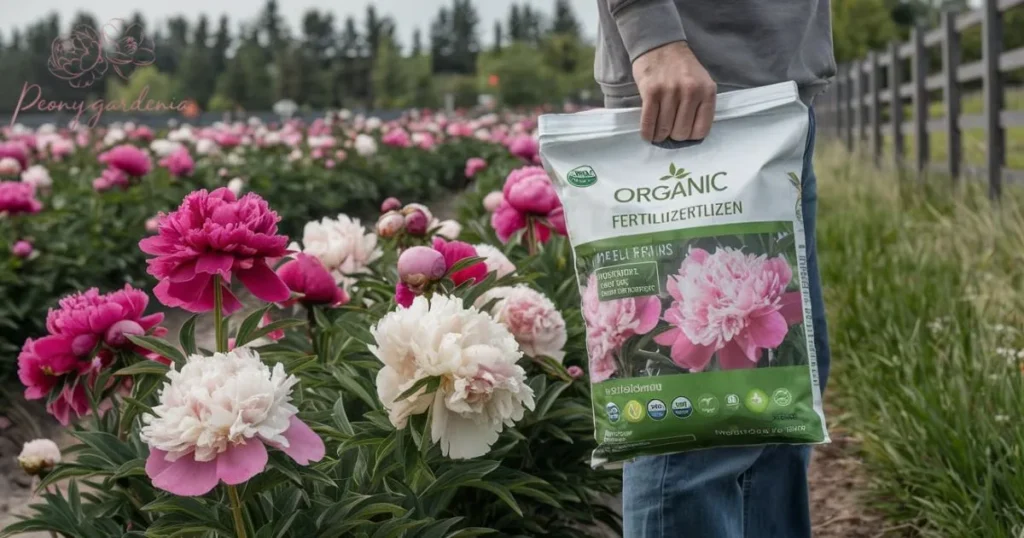
The best fertilizer for peonies is one that contains a balanced mix of nitrogen, phosphorus, and potassium. Granular fertilizers are a popular choice because they are easy to apply and provide a slow, steady release of nutrients over time.
Liquid fertilizers are another option for peonies, providing nutrients quickly to the plants. When choosing a fertilizer, make sure it is specifically designed for flowering plants like peonies. Look for one with a higher phosphorus content to promote strong root development and a richer bloom.
When to Fertilize Peonies
The best time to fertilize peonies is in early spring, just before new growth begins. Applying fertilizer at this time helps the plant develop strong roots and healthy stems for the upcoming growing season. Peonies benefit from a second application after they finish blooming to support future growth and maintain their vitality.
If you’re using slow-release fertilizers, you may only need to apply once or twice a year. However, liquid fertilizers can be applied every 4 to 6 weeks during the growing season. Always monitor the plant’s health and adjust your fertilization schedule if necessary to ensure your peonies get the nutrients they need at the right time.
Granular Fertilizers for Peony Plants
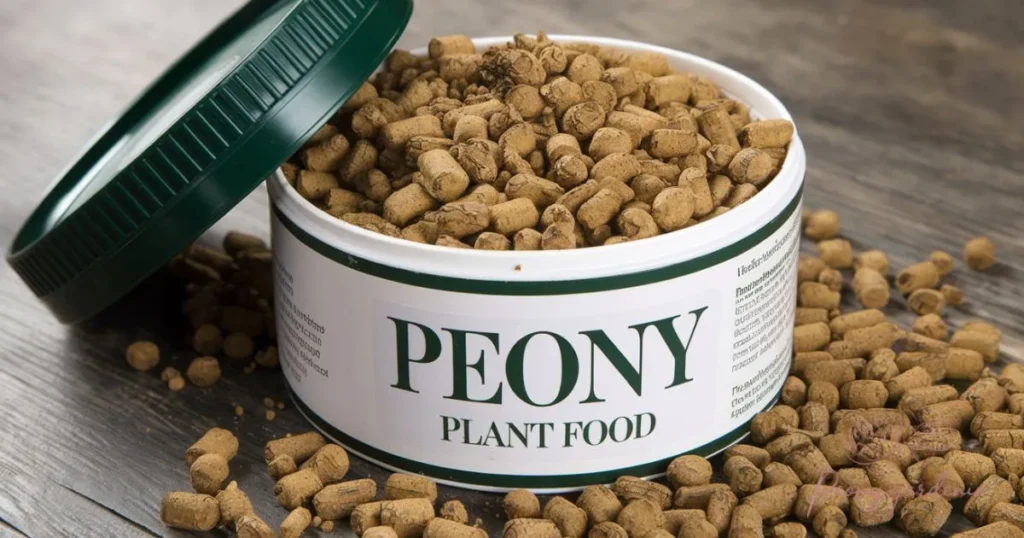
Peonies are beloved for their stunning blooms and fragrant flowers, making them a favorite in many gardens. However, to ensure they thrive and produce vibrant, long-lasting flowers, proper care is essential especially when it comes to fertilization. Fertilizing peonies the right way helps provide them with the nutrients they need for optimal growth and health.
Fertilizing your peonies at the right time and with the right nutrients can make a significant difference in their performance throughout the season. In this guide, we’ll walk you through everything you need to know about fertilizing peonies, from the best fertilizers to when and how to apply them for the best results.
Fertilized Peony Bush: Benefits of Proper Nutrition
A properly fertilized peony bush will show noticeable improvements in its overall health and appearance. When peonies receive the right nutrients, they produce larger, more vibrant flowers, and their foliage will remain lush and green throughout the growing season.
Fertilized peonies are also more likely to bounce back stronger after the blooming period. They have a better chance of withstanding extreme weather conditions, and they are less prone to issues like yellowing leaves or poor bloom production.
Best Practices for Fertilizing Peony Plants
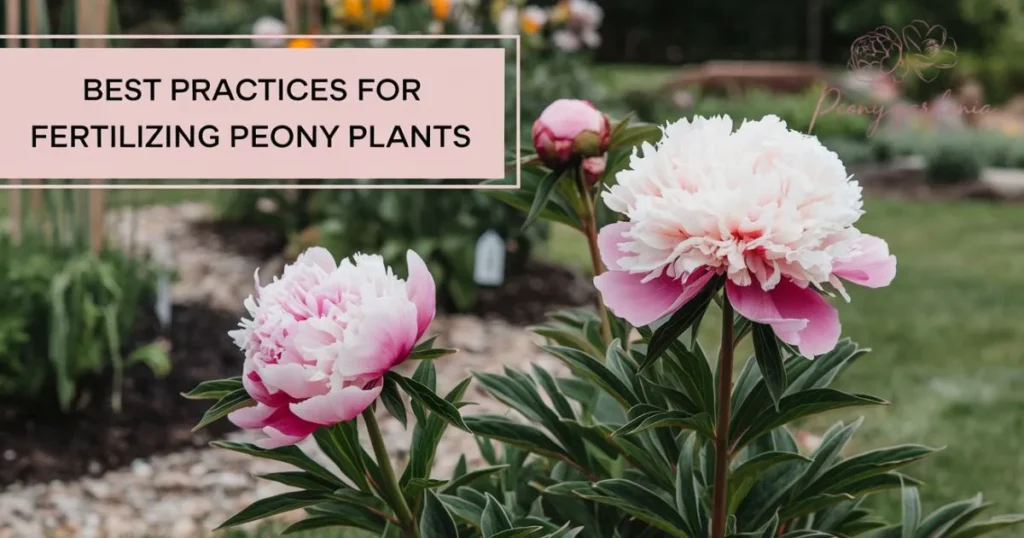
To ensure your peonies get the best results from fertilization, it’s important to follow a few best practices. First, always choose the right fertilizer based on your plant’s needs and soil type. If you’re unsure, it’s helpful to perform a soil test to determine any nutrient deficiencies. Apply fertilizers in moderation to avoid over-fertilizing, which can harm the plant.
Step 1: Choose the Right Fertilizer
The first step in fertilizing your peonies is to choose the right fertilizer for their needs. For general use, select a balanced fertilizer with an N-P-K ratio suited for flowering plants. Look for a fertilizer that contains a higher amount of phosphorus to promote blooming.
For organic gardening, choose fertilizers like compost, bone meal, or fish emulsion. These organic options are slower to release, providing a steady supply of nutrients to the plant. Selecting the right fertilizer ensures that your peonies get the nutrients they need for optimal growth and flowering.
Step 2: Application of Fertilizer
Once you have selected the right fertilizer, the next step is applying it properly. For granular fertilizers, sprinkle the recommended amount around the base of the plant, keeping the fertilizer away from the stems and leaves. Water the area thoroughly after applying to help the fertilizer dissolve and reach the plant’s roots.
If you’re using liquid fertilizer, dilute it according to the instructions and apply it directly to the soil. For foliar feeding, spray the liquid fertilizer on the leaves during early morning or late evening hours.
Step 3: Determine the Appropriate Dosage
The right dosage of fertilizer is crucial for the health of your peonies. Applying too much fertilizer can lead to nutrient imbalances and damage the plant. Always follow the instructions on the fertilizer package, and if in doubt, apply less rather than more.
If you’re using organic fertilizers, it’s important to follow the recommended dosage as well, as organic options can also harm your plants if over-applied. Monitoring your peonies’ growth throughout the season will help you adjust the fertilizer amount as needed to keep them healthy and strong.
Conclusion
In conclusion, fertilizing peonies is essential for promoting healthy growth, vibrant blooms, and overall plant vitality. By understanding their nutritional needs and choosing the right fertilizer, whether granular, liquid, or organic, you can ensure your peonies thrive throughout the growing season.
Proper timing and correct application are crucial to avoid over-fertilizing and to provide the plants with balanced nutrients. With consistent care and attention to their specific needs, your peonies will reward you with stunning flowers year after year.
FAQs
When is the best time to fertilize peonies?
The best time to fertilize peonies is in early spring before new growth begins.
Can I use organic fertilizer on peonies?
Yes, organic fertilizers like compost and bone meal are great for peonies.
How often should I fertilize my peonies?
Fertilize peonies once in early spring and possibly again after blooming.
What type of fertilizer is best for peonies?
A balanced fertilizer with higher phosphorus content is ideal for peonies.
Can I over-fertilize my peonies?
Yes, over-fertilizing can harm peonies, leading to poor growth and fewer blooms.
